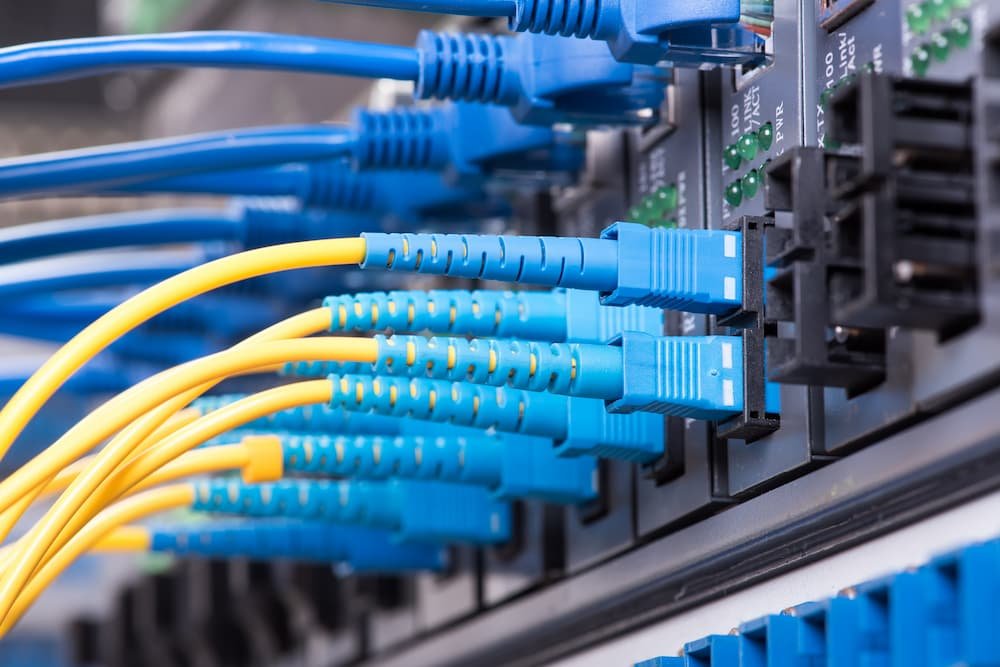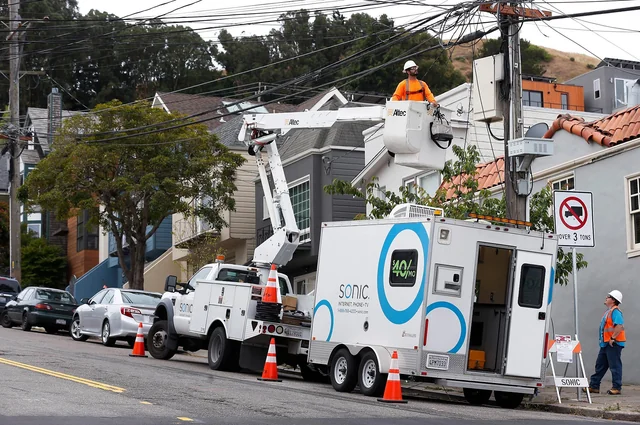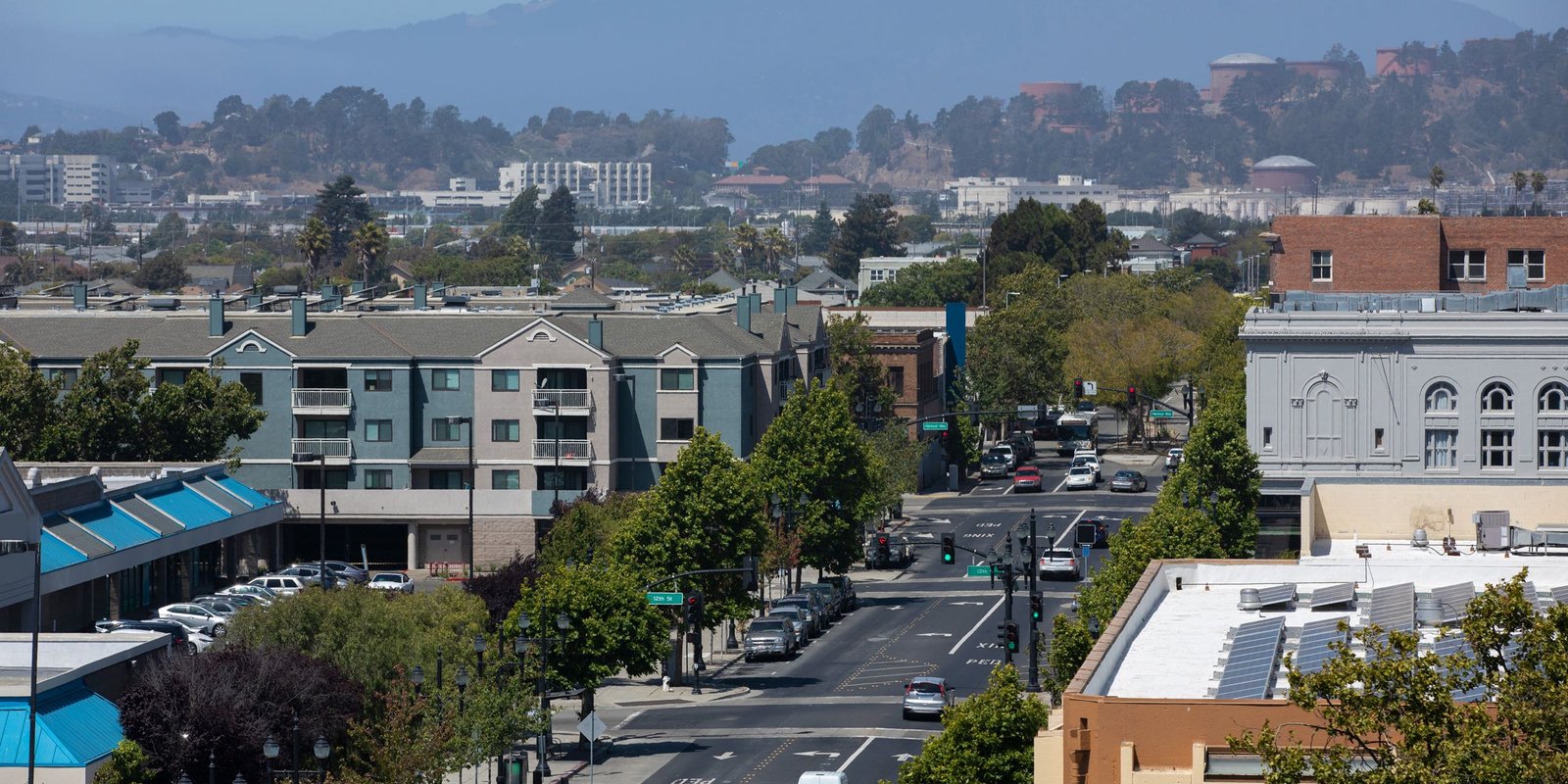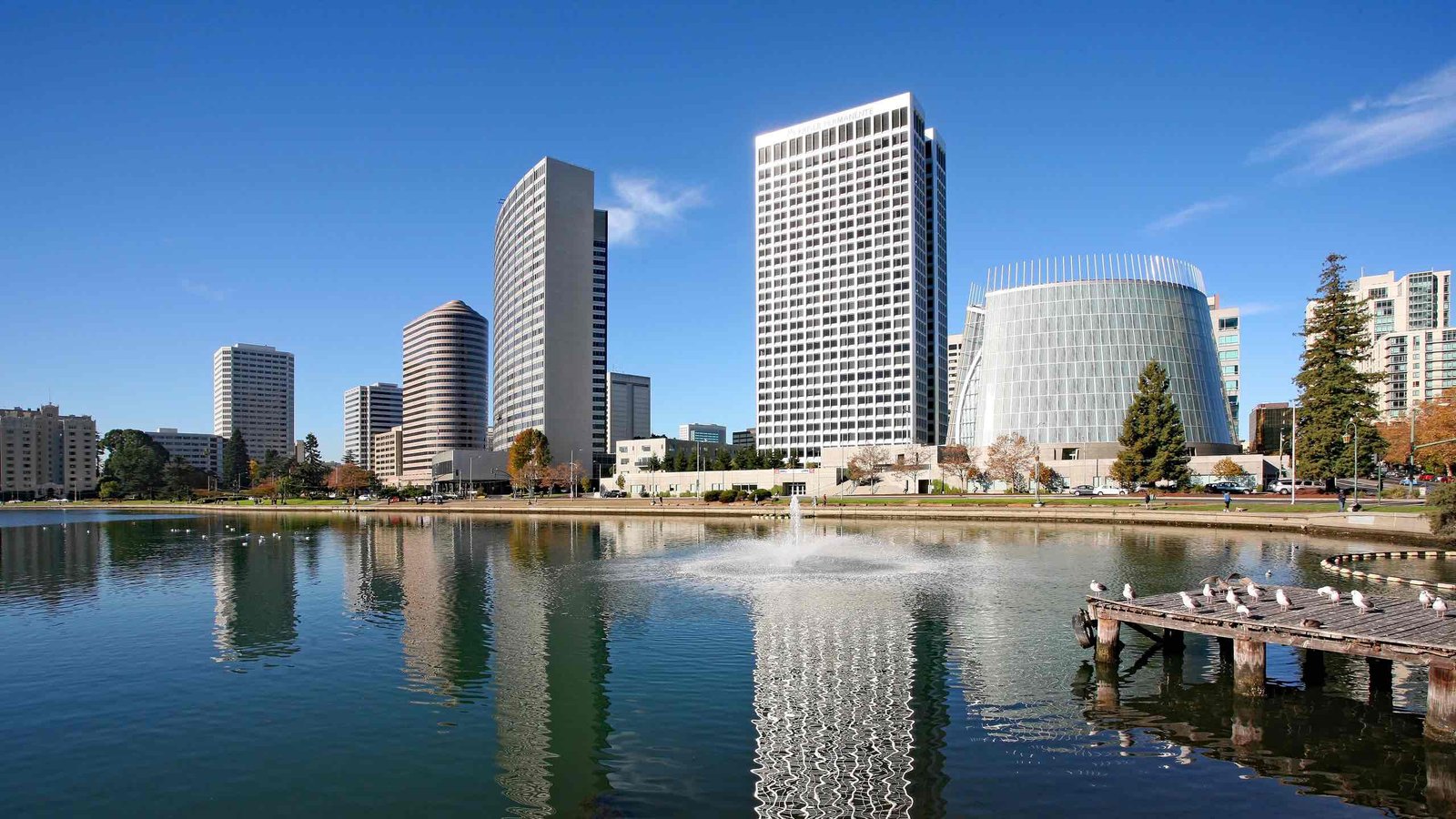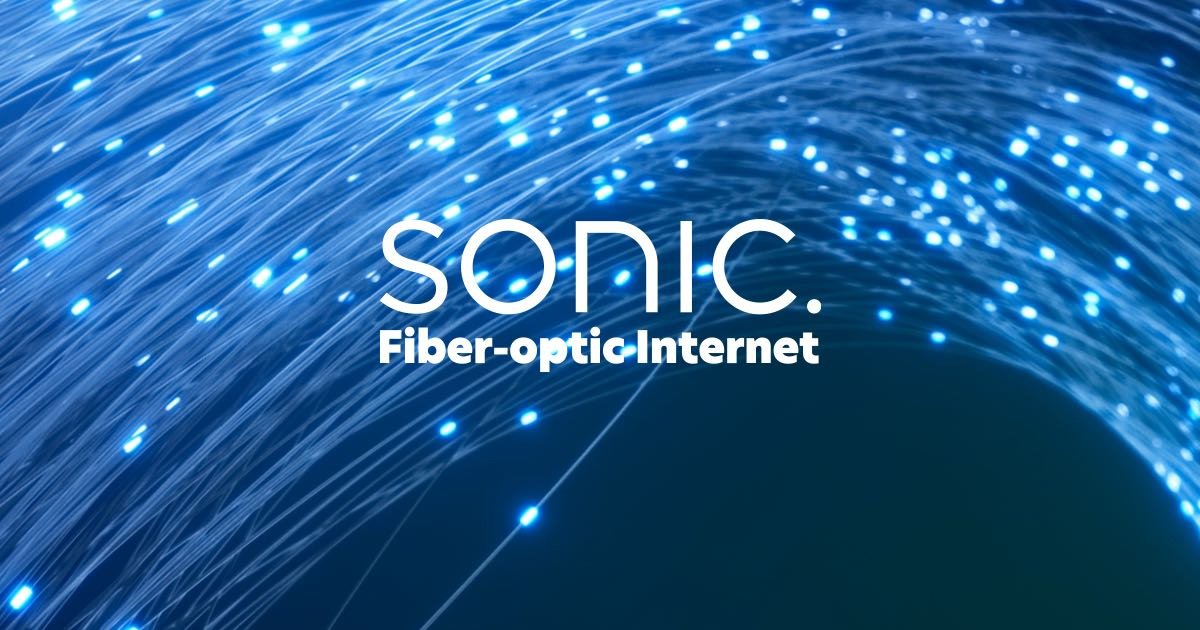Gigabit vs 10 Gigabit is one of the most common questions when choosing the right internet plan. Deciding between gigabit internet and 10 gigabit internet can feel confusing, especially when providers advertise speeds that look impressive on paper. For fiber internet users, the two most popular options are 1 Gbps (gigabit) and 10 Gbps (ten gigabit) connections. But what do these numbers really mean in daily life? And more importantly, which plan makes sense for your home, family, or business setup? If you’re running advanced networks, even tools like a 10 gigabit switch may come into play, while most households will find gigabit speeds more than enough.
In this post, we’ll break down the differences between gigabit and 10-gigabit fiber internet, explain who needs what, and help you make a smart, confident choice.
What Does Gigabit Internet Mean?
First, let’s get clear on the basics. Gigabit means one billion bits of data per second. A 1 Gbps connection can transfer about 1,000 megabits per second (Mbps), while a 10 Gbps line can move ten times that — around 10,000 Mbps.
That’s a lot of speed, but not everyone needs the maximum option. The right plan depends on how many devices you have, what you use the internet for, and how many people share the connection.
How Fast Is Fast Enough?
For a long time, most households considered 100–300 Mbps “fast.” That was enough for streaming HD video and casual browsing. But with fiber, you’re stepping into a whole new level of performance.
- 1 Gbps Fiber: Plenty of speed for 4K streaming on multiple TVs, online gaming, video calls, smart home devices, and heavy downloads — all at the same time.
- 10 Gbps Fiber: Next-level speed for serious power users — households with huge data needs, small businesses working from home, heavy file uploads/downloads, content creators, or anyone who wants total future-proofing.
Symmetric Speeds: Upload Matters Too
One of the biggest benefits of fiber — whether 1 or 10 Gbps — is symmetrical speeds. That means your upload speed is just as fast as your download speed. If you’re backing up big files to the cloud, sending large videos, hosting video calls, or gaming, this makes a huge difference.
Gigabit vs. 10 Gigabit: Real-Life Scenarios
Let’s look at some examples to help you decide which tier fits best.
✅ Choose 1 Gbps Fiber if you:
- Live in a household of 2–6 people who stream, game, and work online.
- Want seamless 4K streaming on multiple screens.
- Work from home and use video conferencing.
- Occasionally upload large files or use cloud services.
- Have 10–20 connected devices (phones, tablets, laptops, smart TVs, security cameras).
✅ Choose 10 Gbps Fiber if you:
- Run a small business from home with multiple users transferring huge files.
- Upload and stream 4K or 8K video content daily.
- Host servers, do heavy cloud backups, or use advanced smart home systems.
- Have 20+ devices online at once.
- Want total future-proof speeds that handle anything for the next decade.
How Much Speed Do Popular Activities Use?
To put it in perspective:
- HD video calls: ~2–4 Mbps
- 4K Netflix stream: ~25 Mbps
- Online gaming: ~5–50 Mbps
- Uploading a large video file: ~100–500 Mbps for big files
- Smart home: varies — but dozens of devices can add up.
As you can see, even a 1 Gbps line has plenty of room for most households. But if you never want to think about bandwidth again — or if your family’s needs are growing fast — 10 Gbps ensures you’ll never hit a ceiling.
Other Factors to Consider
💡 Router & Equipment:
To get the full benefit of 1 or 10 Gbps, your router and devices must support those speeds. Many older routers max out below 1 Gbps, so check your hardware.
💡 Wired vs. Wireless:
A 10 Gbps plan truly shines when using wired Ethernet connections. While Wi-Fi has come a long way (Wi-Fi 6 and Wi-Fi 7 are great), wired connections still deliver the most consistent gigabit-level speeds.
💡 Budget:
The 10 Gbps plan costs a bit more per month than 1 Gbps — but for power users, that premium pays off in peace of mind and performance.
The Good News: No Wrong Choice
Both plans offer massive speed and reliable performance compared to older broadband. Whether you pick gigabit or ten gigabit, you’ll get no data caps, free installation, and local, friendly support. And with our transparent pricing — starting at just $39.99/mo for 1 Gbps and $49.99/mo for 10 Gbps — you can upgrade or adjust any time without surprise fees or complicated contracts.
Future-Proofing Made Easy
When comparing plans, think about not just what you need today but what you’ll need in 2, 5, or 10 years. As smart homes, 8K streaming, remote work, and big data become everyday parts of life, a 10 Gbps plan could be the last internet upgrade you ever need.
✅ Final Takeaway
Choosing between gigabit and ten gigabit isn’t about what’s “better” — it’s about what’s right for your lifestyle and household. For most families, 1 Gbps is plenty fast. For tech enthusiasts, creators, or growing home offices, 10 Gbps gives you room to grow without worry.
Still unsure? Check availability and talk to our local support team — we’re here to help you pick the perfect plan.


